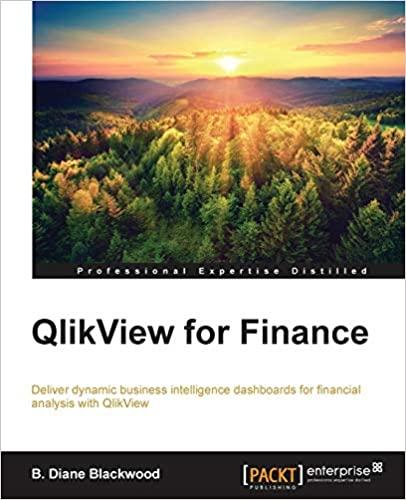Question
Question: Foods Inc (FI) sells 5 million units per year of its only product (SuperFood) through a major retailer. SuperFoods retail price is $5 per
Question: Foods Inc (FI) sells 5 million units per year of its only product (SuperFood) through a major retailer. SuperFoods retail price is $5 per unit which included a margin to the retailer of 20%. SuperFoods manufacturing cost is $2 per unit. In order to promote sales, FI pays a sales broker 5% of the retail price of each unit sold. FI spends $3,800,000 per year in fixed costs (i.e. advertising, administrative costs and rent of the production facility).
1)Calculate SuperFoods per unit variable cost
2)Calculate SuperFoods unit contribution
3)Calculate SuperFoodss Break Even Volume
4)Compare the BEV calculated above with the actual sales of SuperFood. Is FI making a profit? Why?
FI is planning to introduce a new product called ExtraFood at a retail price of $6 per unit using the same retailer (the marketing margin of the retailer is still 20%) and broker (brokerage fee is still 5% of retail price per unit sold). ExtraFoods manufacturing cost is $3 per unit. In order to introduce ExtraFood, FI would incur additional fixed costs of $4,000,000 per year (e.g. research and development, advertising, depreciation on new equipment). Demand for the new product is estimated to be 2 million units, 50% of which is expected to come from SuperFood.
5)Do you recommend introducing or not introducing ExtraFood?
Step by Step Solution
There are 3 Steps involved in it
Step: 1

Get Instant Access to Expert-Tailored Solutions
See step-by-step solutions with expert insights and AI powered tools for academic success
Step: 2

Step: 3

Ace Your Homework with AI
Get the answers you need in no time with our AI-driven, step-by-step assistance
Get Started


